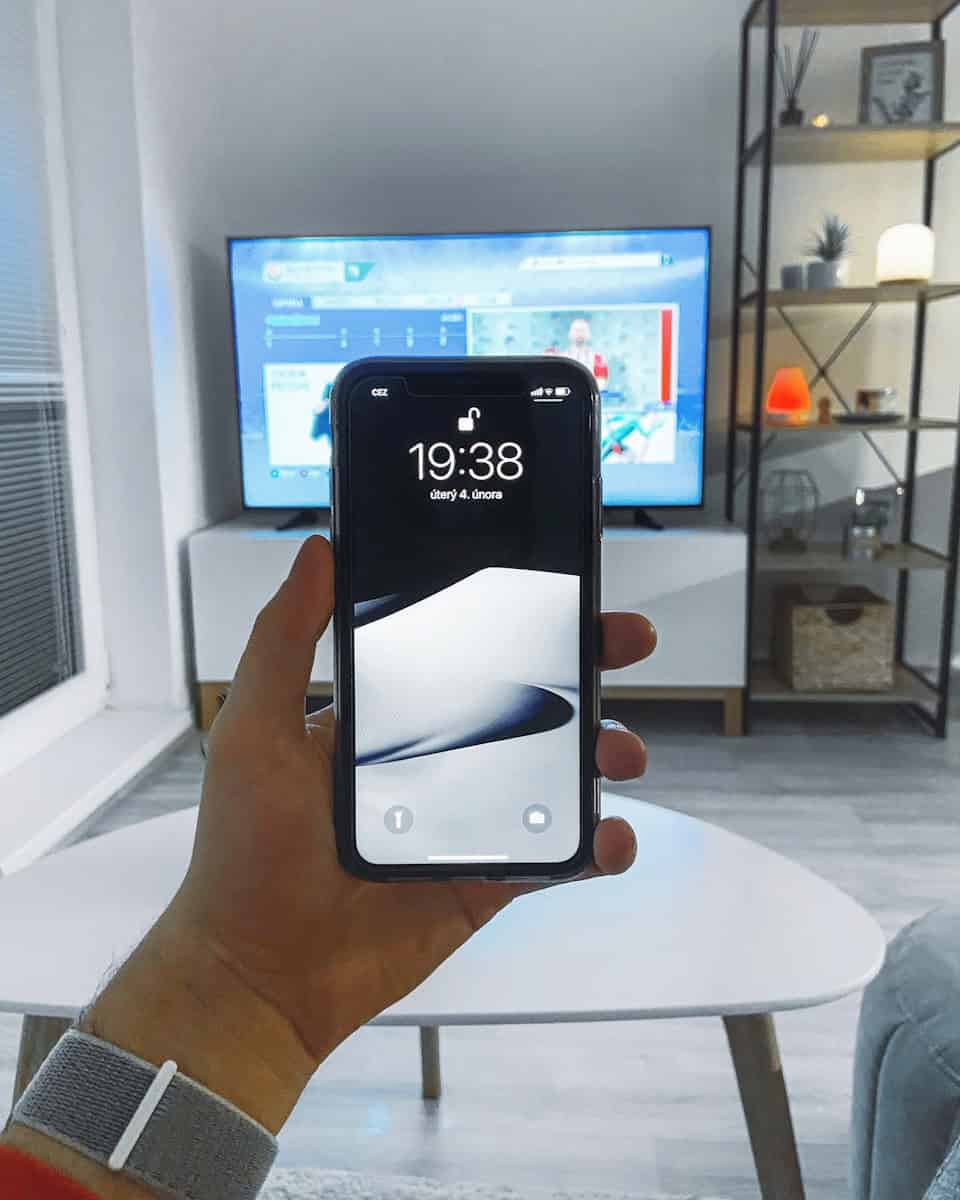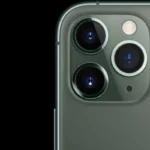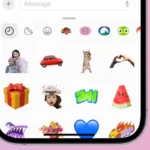Connecting an iPhone to a Samsung TV is a process that enables users to share their device’s screen with a larger display. This capability is increasingly significant as the use of smart TVs and mobile devices becomes more intertwined in daily life. Screen mirroring, a common feature for modern smart TVs, allows for a wide range of content to be displayed, from photos and videos to presentations and games.
The process is straightforward once both the iPhone and the Samsung TV are prepared for connection. Users must ensure their devices support the necessary features, with newer Samsung smart TVs typically equipped with AirPlay 2, a protocol developed by Apple to facilitate wireless streaming from Apple devices to compatible displays. By connecting both devices to the same Wi-Fi network and enabling AirPlay on the Samsung TV, sharing content is made simple.
✅ Method 1: Use AirPlay (Wireless, Easiest)
Most modern Samsung Smart TVs (2018 and later) support AirPlay 2.
Steps:
- Make sure both devices are on the same Wi-Fi network.
- On your iPhone, open Control Center (swipe down from the top-right corner).
- Tap Screen Mirroring.
- Select your Samsung TV from the list.
- Enter the AirPlay code shown on your TV (if prompted).
👉 Your iPhone screen will now mirror on your Samsung TV.
✅ Method 2: Use the Samsung Smart View App
Samsung’s SmartThings app (available on the App Store) lets you connect your iPhone to your TV.
Steps:
- Download the SmartThings app on your iPhone.
- Open the app → tap Add Device → select your Samsung TV.
- Connect both devices to the same Wi-Fi.
- Choose Smart View to mirror your iPhone screen.
✅ Method 3: Use an HDMI Adapter (Wired)
If your TV doesn’t support AirPlay or Wi-Fi mirroring, you can connect with a cable.
You’ll need:
- Apple Lightning Digital AV Adapter
- HDMI cable
Steps:
- Plug the HDMI cable into your Samsung TV.
- Connect the other end to the Lightning Digital AV Adapter.
- Plug the adapter into your iPhone’s Lightning port.
- Switch your TV to the correct HDMI input.
👉 Your iPhone screen will appear instantly on the TV.
✅ Method 4: Stream Videos/Photos from Apps
Some apps (like YouTube, Netflix, Disney+) let you cast directly to your Samsung TV.
Steps:
- Open the app (e.g., YouTube) on your iPhone.
- Look for the Cast/AirPlay icon.
- Select your Samsung TV.
- The video will play on your TV while you control it from your iPhone.
🔧 Troubleshooting Tips
- Make sure AirPlay is enabled on your Samsung TV:
- Go to Settings → General → Apple AirPlay Settings.
- Ensure both devices are on the same Wi-Fi network.
- Restart your TV and iPhone if the connection fails.
⚡ Quick Recap
- AirPlay (best way): Control Center → Screen Mirroring → Select TV.
- SmartThings app: Mirror via Samsung’s app.
- HDMI adapter: Wired connection.
- Casting in apps: Use the Cast/AirPlay button.
Key Takeaways
- Screen mirroring shares iPhone content on a Samsung smart TV.
- Both devices must connect to the same Wi-Fi network to use AirPlay.
- Modern Samsung TVs usually support AirPlay 2 for easy streaming.
Preparing Your Devices for Connection
Before you start, make sure your devices are compatible and connected to the same network. These steps will prepare your iPhone and Samsung TV for a successful connection.
Ensuring TV Compatibility
Check your Samsung TV model to ensure it supports AirPlay 2. This feature is available on models like the QLED 4K, The Frame TV, The Serif TV, and others, including the Neo QLED and The Premiere projector. Look for “AirPlay 2” in your TV’s specifications or find it in the Apple AirPlay settings on your device.
Setting Up the iPhone
Update your iPhone to the latest iOS to ensure smooth operation. Open the Control Center by swiping down from the top-right corner of the screen. This is where you’ll find the necessary options to initiate screen mirroring once your devices are connected.
Connecting to the Same Network
Your iPhone and Samsung TV must be on the same Wi-Fi network to communicate. On the iPhone, go to Settings and check the Wi-Fi connection. Do the same on your Samsung TV through the Network settings in the menu. A stable Wi-Fi connection is key for uninterrupted mirroring.
Screen Mirroring and Content Sharing
Sharing your iPhone’s screen or content with a Samsung TV is simple whether you’re streaming videos, showing photos, or playing music. Various methods, from AirPlay to HDMI connections, are at your disposal for different needs.
Using AirPlay for Screen Mirroring
AirPlay is Apple’s wireless streaming feature that lets you display your iPhone’s screen on a Samsung TV. To use it, ensure your TV supports AirPlay and connect both your iPhone and the TV to the same Wi-Fi network. Then, open the Control Center on your iPhone, tap the Screen Mirroring button, and select your TV from the list. Your iPhone’s display will now mirror onto the TV.
Streaming Content to Samsung TV
When it comes to streaming content like movies or YouTube videos to your Samsung TV, AirPlay comes in handy once more. Just tap the AirPlay icon, often a simple triangle intersecting with a rectangle at the bottom of the playback controls, and choose your Samsung TV as the destination. Many apps support this feature, allowing you to stream both video and audio.
Alternative Connections via HDMI
If your Samsung TV doesn’t support AirPlay or if you have content that isn’t compatible with AirPlay, you can use a Lightning Digital AV Adapter and an HDMI cable. First, connect the adapter to your iPhone and an HDMI cable between the adapter and your Samsung TV. Next, switch the TV to the HDMI source where the cable is connected. Your iPhone will then send its display to the TV.
Leveraging Third-Party Apps and Services
For additional functionalities or when native options aren’t available, third-party apps and services offer screen mirroring and content sharing features. Apps like Smart View connect your iPhone to your Samsung TV. Before using any app, check compatibility with both your smartphone and TV model. Instructions for connecting usually involve downloading the app on both devices and following the provided steps for syncing.







